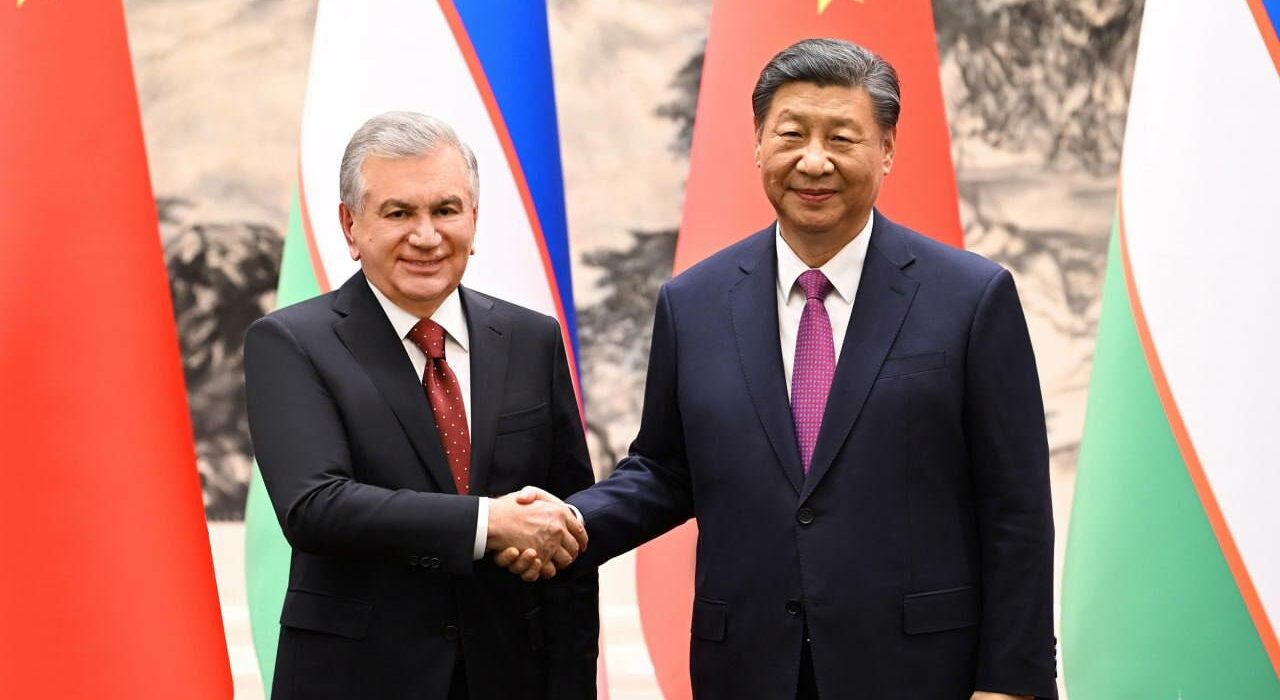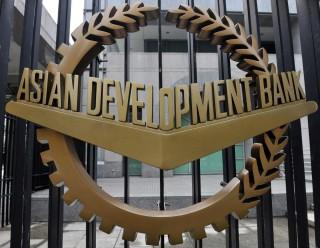China and Uzbekistan have upgraded their ties to an “all-weather” comprehensive strategic partnership. This was announced during negotiations in Beijing on January 24 between Chinese President Xi Jinping and his Uzbekistani counterpart, Shavkat Mirziyoyev.
President Mirziyoyev arrived in Beijing on January 23 for a three-day state visit to China.
During their negotiations the two leaders emphasized that over the past years a powerful breakthrough has been made in bilateral relations.
The two presidents stressed the dynamically developing trade, economic and investment cooperation, and noted that the volume of Chinese investments in the economy of Uzbekistan has grown fivefold and the number of joint ventures has tripled in recent years.
The Uzbek leader welcomed the decision of the Export–Import Bank of China to open a regional office for Central Asia in Tashkent.
The two leaders spoke with satisfaction about the intensification of ties between the regions of Uzbekistan and the provinces of China, and agreed to establish the Council of Regions of Uzbekistan and China in order to coordinate cooperation in this direction.
Xi and Mirziyoyev also emphasized the importance of a sooner start of construction of the China-Kyrgyzstan-Uzbekistan railway, which is designed to become an important component of the transcontinental transport and transit route as part of China’s Belt and Road initiative.
Earlier on January 24, President Mirziyoyev had a meeting with the Premier of the State Council of China, Li Qiang.
The Uzbek president and Chinese premier discussed further expansion of trade and economic cooperation. They noted that last year, bilateral trade turnover grew by 50 percent, reaching $14 billion, but this figure has the potential for increasing to $20 billion. The total volume of Chinese investments in the economy of Uzbekistan exceeded $14 billion.
The parties considered cooperation programs in the fields of infrastructure modernization, expansion of industrial cooperation, technology transfer in agriculture, and the development of green energy.




